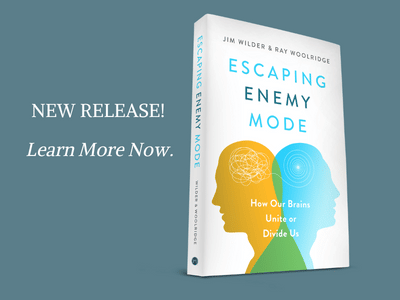No, that is not a mop or a wig. That is a brain scan of the fibers connecting various regions of the brain.
The Decade of the Brain
The 1990s were the first time we had minimally invasive methods of watching a brain work while it was still alive. No longer did we need to try and cut the brain apart to see what was there, scans could tell us of short-term changes in the brain as conditions changed. As a result, chemistry, structure, growth, function, change and genetics could all be studied at the same time in the same brain while we switched up the conditions of the experiment.
That’s why the 1990s were “The Decade of the Brain.”
Before then, we had been able to study some brain functions indirectly by using brains of animals and humans with known defects. For instance, in the 1970s a sort of human brain scan machine using the methods of the Russian neurologist Luria was standardized in Nebraska. I trained at a VA hospital where we used the tool to help neurosurgeons determine where brain tumors were growing. The test is still in use today to help determine capacity, but surgeons now head straight to the scans for the location and structure of tumors.
This combination of new information about the brain and existing work from other fields led to breakthroughs throughout the 1990s. Scientist and researchers such as Antonio Damasio, Allan Schore, Daniel Amen, Vilaynur Ramachandran, Gerald Edelman, Daniel Siegel and Susan Othmer were among those changing forever what we understood about the engine in our skull.
Dr. Allan Schore’s Influence
By the end of the 1990s, we were using their formulations of what happens as our brains develop capacity to improve recovery from trauma, train social skills and develop character. Dr. Allan Schore integrated the neurology of development, attachment, recovery, addiction, identity formation and emotional regulation into a smooth flow for processing experience in the brain.
What we discovered was the significant connection between our relationships and our health. As Schore says in this video (around 4:15)
The major way that human beings regulate their [emotional state] is by connecting with other human beings.
To everyone’s surprise, the non-verbal right hemisphere was found to be dominant and grew best as a response to joy. We did not take long incorporating this information to our training in the form of Life Model exercises.
These breakthroughs form the scientific backbone of our work. You can read more about them in Joy Starts Here. They also provide a framework for our materials for churches, Connexus.










